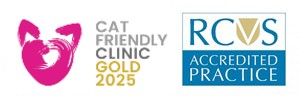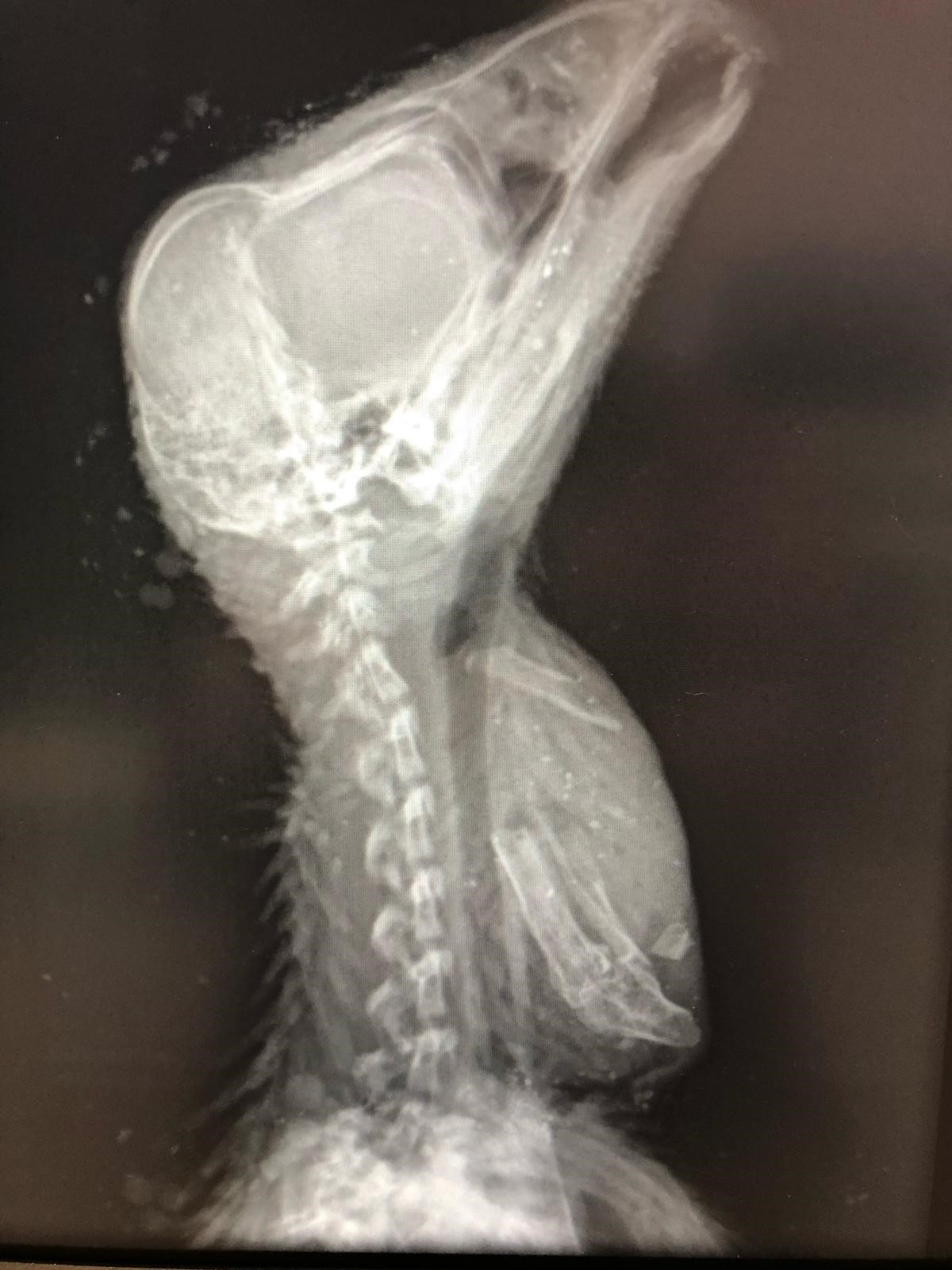Submitted by J. Hudson on Thu, 03/07/2025 - 15:15
When a peregrine falcon chick was discovered dead beneath a nesting site in Hertfordshire earlier this year, it marked a sad but important moment for local birdwatchers and conservationists. The nest, situated in a precarious and highly unusual location, had already raised concerns among observers about the risk of the chick falling. Roland Power, one of the Hertford nest monitors liaised with Ryan Davies, a Cambridge Peregrine Group member who had also been monitoring the nest and they reached out to Mel Rist – another Cambridge Peregrine Group member and Radiographer at the Queen's Veterinary School Hospital (QVSH).
Mel was asked to help investigate the cause of death. This led to a collaborative effort involving many of the specialists at the QVSH at the University of Cambridge’s Department of Veterinary Medicine. Mel said, “We couldn’t be sure how the chick came to fall, it’s possible it was ejected by the parent bird, which can happen when a chick is no longer making noise. Peregrine mothers are stimulated to feed by the calls of their chicks - it’s not strictly maternal instinct, but a response to sound. If that sound stops, the bird may simply discard what it perceives as non-viable.
"It's unusual to have the opportunity to examine a peregrine chick so soon after its death, and while it was a sad discovery, it allowed us to carry out a careful investigation to better understand what had happened.”
After swabs were taken to rule out parasitic or infectious causes, x-rays were taken and the likely explanation for the chick’s death was revealed. Professor Mike Herrtage, Senior Radiologist at the QVSH noted from the imaging, that the chick had sustained a trauma consistent with a large bone becoming lodged in the throat, and this was confirmed on examination. The chick had likely been trying to eject a large pellet containing a sharp piece of bone, causing perforation of the oesophagus. Hence the cause of death could have been choking, suffocation or even exhaustion whilst trying to dislodge it.
Further samples, including liver biopsies, were taken by the soft tissue team, these will be sent for additional analysis and to support international teaching in forensic veterinary medicine, a course run by Prof. John Cooper who, with his wife Margaret Cooper, has been a Patron of the CUVZS (Cambridge Veterinary Zoological Society) since its inception.
Though it’s a sad story, it provides an important learning opportunity. The chick has now been donated to the Department of Zoology, where its story will play a role in teaching future generations of students. The outcome of the investigation showed the death was from natural causes. The chick showed no signs of infectious disease, and both parent birds remain healthy.
As Mel reflects, “This was a fascinating example of how nature sometimes takes unexpected turns, and how veterinary science can help uncover a puzzling story about what really happened to this chick.”



